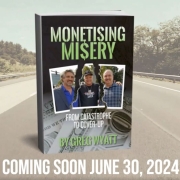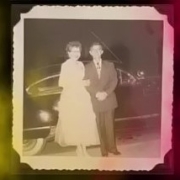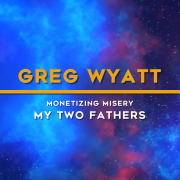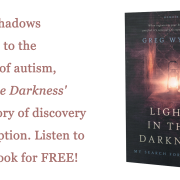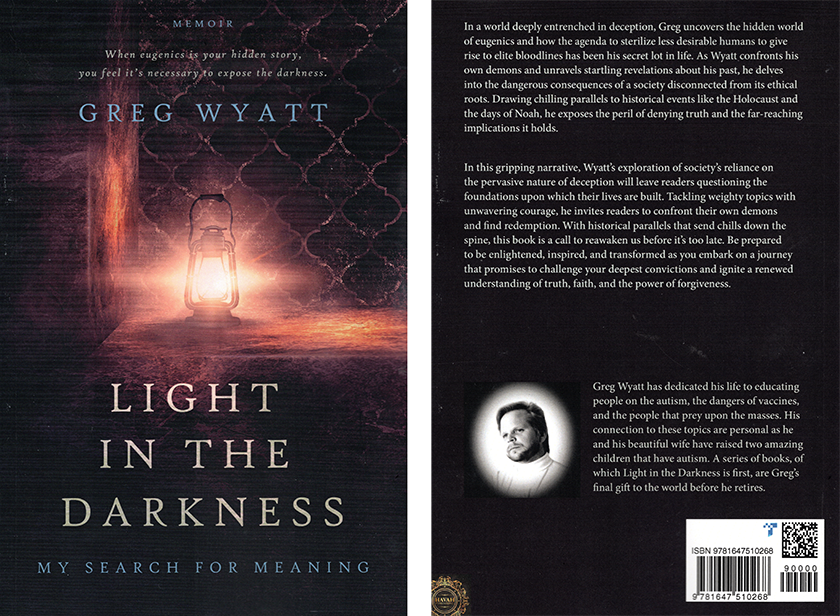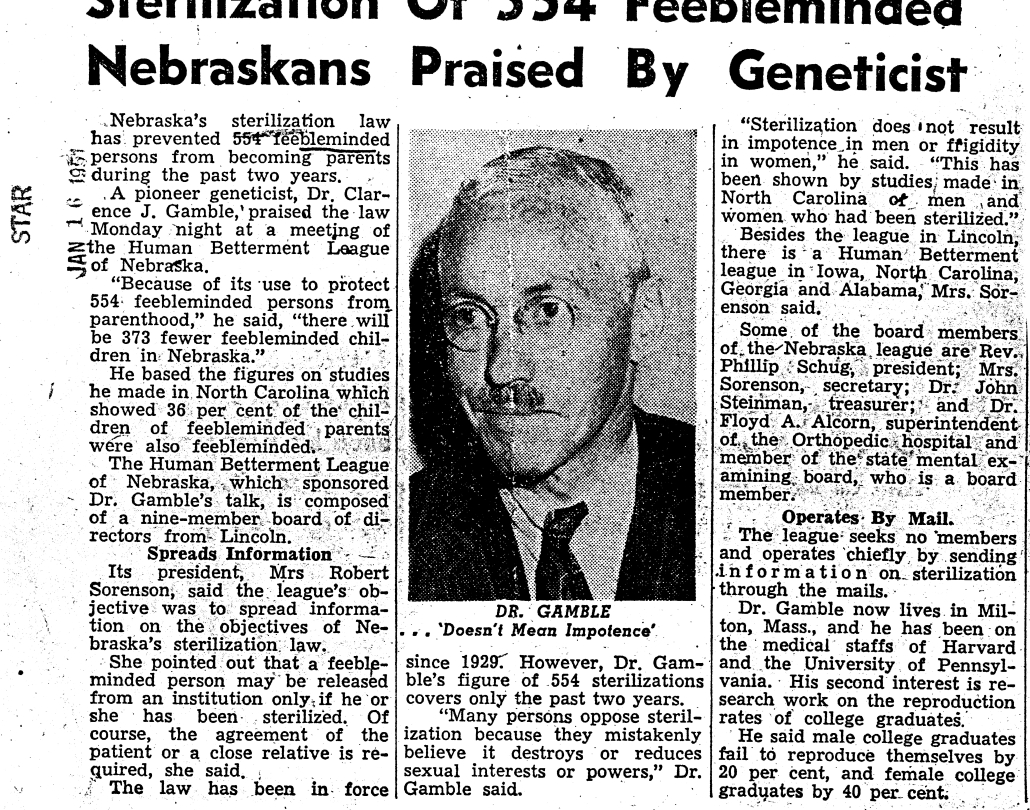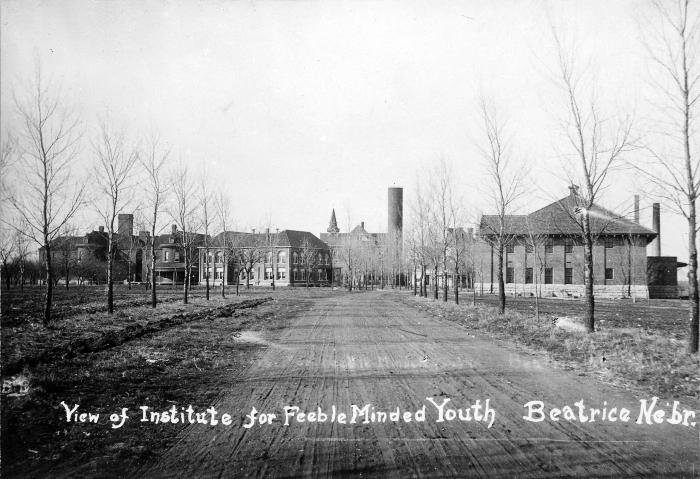Announcing the Highly Anticipated Book Trailer Release of “Monetizing Misery” 📗🎉✨
We are thrilled to announce the highly anticipated book trailer release of “Monetizing Misery”. This emotionally charged and thought-provoking video promotes the book which delves into the harsh realities of exploitation and profit-making off the suffering of people affected by vaccine injuries. “Monetizing Misery” sheds light on the dark underbelly of society and forces viewers to confront uncomfortable truths about well known people on the frontlines of the anti-vaccine movement. Get ready to be captivated and moved by this impactful and poignant book. Stay tuned for the official release date and mark your calendars to witness the unveiling of the new book by Greg Wyatt, “Monetizing Misery”.
Imagine adopting 2 perfectly healthy beautiful children only to see them regress after every “well baby” visit at the doctor. And imagine realizing that this devastating change was attributed to vaccines. Confronted with this grave situation and connecting with other similarly affected parents, I sought truth and assistance from authoritative figures. Enter Del Bigtree and the VaxXed black bus in July 2016—the beacon of hope promising justice and a brighter future. However, over time, as the glitter faded, I observed a disheartening pattern: the Vaxxed movement seemed less about amplifying our voices and more about monetizing misery.

